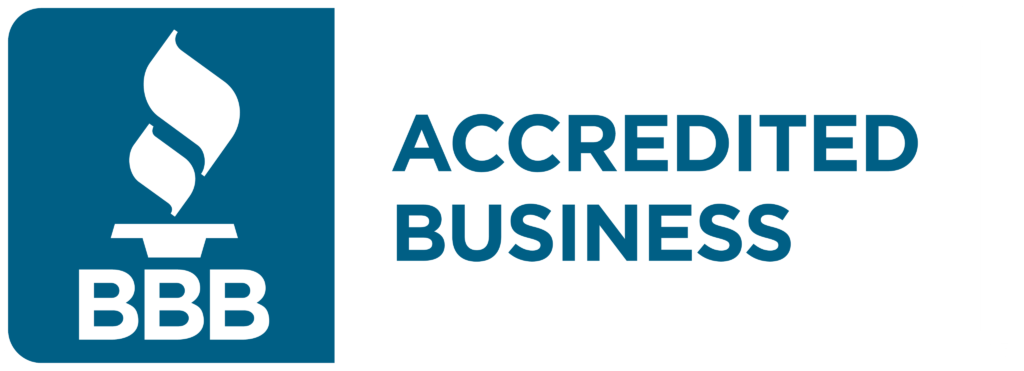
Developing A Personal Savings Strategy
Developing a personal savings strategy is crucial for achieving financial security and reaching your short-term and long-term financial goals. Here’s a step-by-step guide to help you develop an effective savings strategy:
- Set Financial Goals: Start by identifying your financial objectives, such as building an emergency fund, saving for a down payment on a home, funding your children’s education, or planning for retirement. Be specific about the amount of money you need to save and the timeframe for achieving each goal.
- Assess Your Current Financial Situation: Take stock of your income, expenses, assets, and debts. Calculate your monthly income after taxes and deduct your fixed expenses (such as rent or mortgage, utilities, insurance, loan payments) and discretionary expenses (such as entertainment, dining out, shopping). Determine how much you can realistically allocate towards savings each month.
- Establish an Emergency Fund: Prioritize building an emergency fund to cover unexpected expenses or financial setbacks, such as medical emergencies, car repairs, or job loss. Aim to save three to six months’ worth of living expenses in a readily accessible savings account or money market fund.
- Create a Budget: Develop a budget that outlines your income, expenses, and savings goals. Allocate a portion of your income towards savings each month, treating it as a non-negotiable expense. Use budgeting tools or apps to track your spending and identify areas where you can cut back to increase your savings rate.
- Automate Your Savings: Set up automatic transfers from your checking account to your savings or investment accounts each month. Automating your savings makes it easier to stay consistent and disciplined with your savings efforts, ensuring that you prioritize saving before spending.
- Prioritize Debt Repayment: If you have high-interest debt, such as credit card debt or personal loans, prioritize paying off these debts while simultaneously saving. Consider using a debt repayment strategy, such as the debt snowball or debt avalanche method, to accelerate your progress and reduce interest costs.
- Utilize Tax-Advantaged Accounts: Take advantage of tax-advantaged savings accounts, such as employer-sponsored retirement plans (e.g., 401(k), 403(b)), Individual Retirement Accounts (IRAs), Health Savings Accounts (HSAs), and 529 College Savings Plans, to maximize your savings potential and minimize your tax liability.
- Invest for Long-Term Goals: Once you’ve established an emergency fund and paid off high-interest debt, focus on investing for long-term goals, such as retirement or education funding. Diversify your investments across asset classes (stocks, bonds, real estate) to manage risk and maximize growth potential. Consider seeking guidance from a financial advisor to develop an investment strategy aligned with your goals and risk tolerance.
- Review and Adjust Regularly: Periodically review your savings strategy to ensure it remains aligned with your financial goals, lifestyle changes, and economic conditions. Adjust your savings goals and contributions as needed to stay on track and accommodate any changes in your circumstances.
- Stay Disciplined and Patient: Building wealth through savings and investments requires discipline, patience, and consistency. Stay committed to your savings strategy, resist the temptation to overspend, and maintain a long-term perspective, knowing that your efforts will pay off over time.
By following these steps and implementing a personalized savings strategy, you can take control of your finances, achieve your financial goals, and secure a brighter financial future for yourself and your family.

